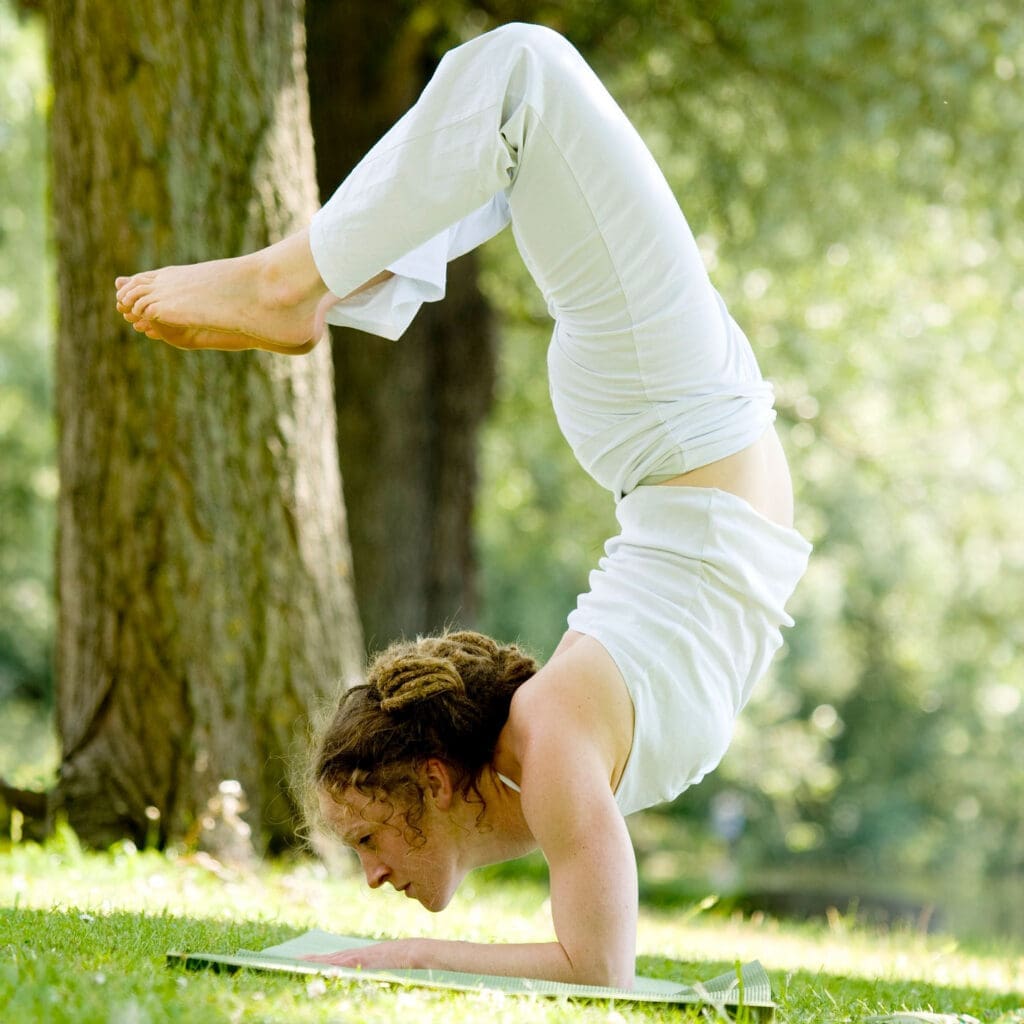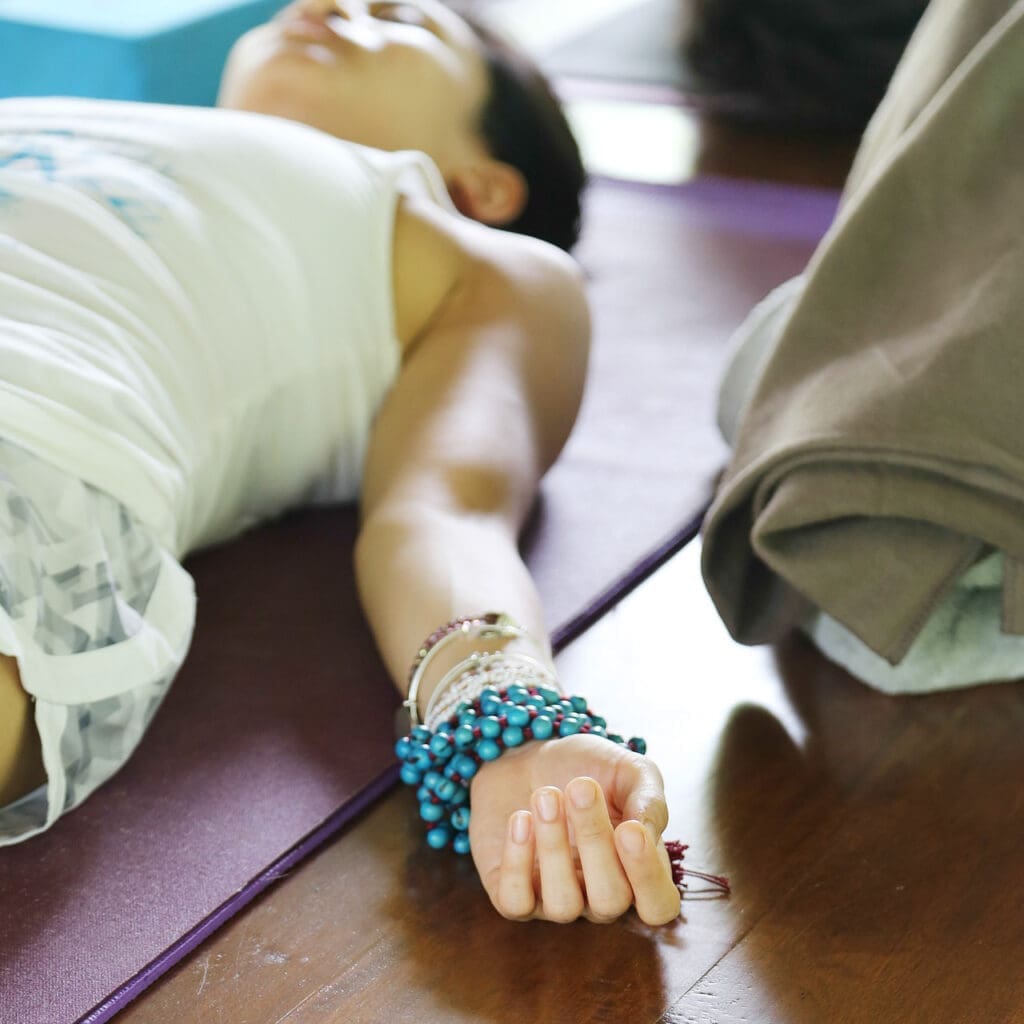It is surprising to a lot of Westerners to learn that the third of Patañjali’s Eight Limbs is Asana. Of course, he had no sense of the modern meaning of that word. He just meant “steady seat.” We bring the mind under fuller control if we can sit still.
But it’s hard to do.
Because nobody could actually be still for long periods, ancient yogis recognized that if the body could be made more flexible and malleable, then achieving a steady stillness would become attainable to more people. Essentially: you must to move to be still.
Enter Hatha Yoga
Discomfort can arise from physical stiffness, but it can also arise from our bodies holding toxins. Think about it: if you’re gassy, it’s hard to be still.
Hatha Yoga (of which Vinyasa is just one aspect) can trace its roots back to Patañjali, of course, but the practices with which we’re more familiar started to take shape in the 11th Century of the Common Era. (Learn more here.)
It wasn’t until the 20th Century that what most folks think of as “yoga” evolved. Our Vinyasa practice — both this week and always — is in service of the meditation that follows.
Contemplation
Some images that reflect various aspects of Asana that might prompt some contemplation for you.





Vinyasa
A simple vinyasa flow that culminates in Savasana. The “peak” pose is not some fancy balance but the stillness that comes at the end.
The entire slow flow is built to bring you towards the quiet at the end and the meditation to follow.
Recorded live on June 7. Join future classes!
Nothing that appears in this blog or on this website is intended to treat or diagnose any disorder, physical or otherwise. Always consult a physician before beginning any exercise program.
